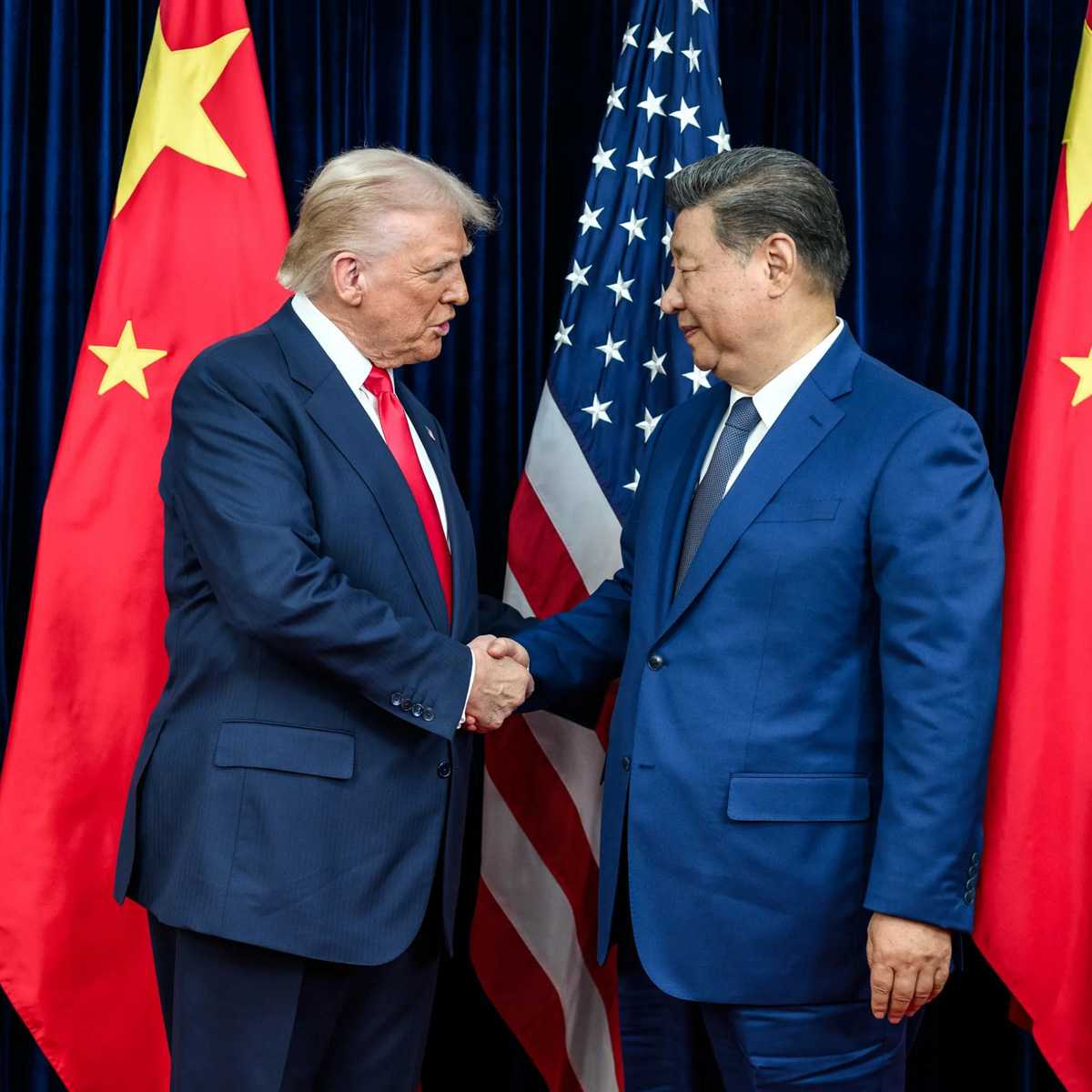

While much of the world is easing COVID-19 restrictions despite persistent waves of infections, China remains unwaveringly committed to the “zero-COVID” strategy. This has been very successful to date—China has had 160 cases per million population—the lowest in the world—compared to the world’s average of around 75,000 per million.
However, the highly transmissible new variants are causing more outbreaks around the country, forcing China to use even more strict COVID-19 control measures, even if they affect the economy. The two-month-long lockdown in Shanghai, which disrupted business operations and supply chains, has left multinational corporations (MNCs) wondering when they should expect China to transition away from “zero-COVID.”
WHY IS CHINA STICKING TO THE “ZERO-COVID” STRATEGY?
Responding to U.S. criticism of China’s “zero-COVID” policy, Chinese officials justified it as “suitable for China’s national conditions,” citing currently inadequate vaccination rates among the elderly and vulnerable groups, a lack of effective treatments and insufficient medical resources as major reasons for continuing to follow it.
These are valid concerns. Hesitant to get vaccinated, 89.6% of Chinese people aged 60 and above had received at least one shot by May, whereas in the United States that number had reached 98.5% by November 2021. The situation is similar with COVID-19 drugs—so far China, has approved only two pills specifically aimed at treating COVID-19, while continuing to largely rely on traditional Chinese medicine treatments, of which efficacy has been questioned. Most importantly, insufficient medical resources, especially in China’s rural areas, present the biggest challenge. In 2020, for every 1,000 people there were only two licensed doctors in rural areas compared to seven in Beijing and more than five in Shanghai.
As a result, if China abandons its “zero-COVID” policy right now, it will likely experience a massive wave of infections and deaths. Scientific modeling has shown that it would then face more than 630,000 infections a day and would lose over 1.5 million people to the disease over a 6-month period. The Chinese government, which has publicly praised its virus handling and is eager to protect its elderly, sees this scenario as unacceptable.
WHEN IS CHINA LIKELY TO SHIFT AWAY FROM IT?
Many experts have suggested that China could relax its COVID-19 policies after the 20th Party Congress this fall or after the Two Sessions in March 2023, when it completes the once-in-a-decade power transition. However, China’s departure from “zero-COVID” will likely be condition-based, rather than deadline-based. The key such conditions will be the country’s ability to effectively limit infections and mortality rates once it reopens.
Given regional imbalances in medical resources, China will first seek to ensure that as few people as possible require medical attention if they become infected with COVID-19. The tools to achieve this goal might include a high vaccination rate with powerful domestic mRNA and protein-based vaccines, and widely available local and/or imported oral medications. At least a dozen of domestic novel vaccines and several COVID pills are undergoing clinical trials or are in the review process, but so far only one domestic COVID pill has been approved by China’s medical regulators. It may take another year before they reach the market.
Following that, China will likely want to ensure medical help is readily available to those who become critically ill with COVID-19. Currently, even in China’s largest cities like Beijing and Shanghai there are only one or two hospitals designated to treat COVID-19 patients. It will take time before China develops treatment protocols, trains medical professionals, and equips hospitals in less developed regions with necessary equipment, so that severe COVID-19 cases can be treated anywhere in the country.
As a result, China will not likely shift away from “zero-COVID” until around mid-2023. Until then, lockdowns and mass testing will remain the main instruments to curtail infection outbreaks, as COVID-19 becomes increasingly transmissible. Along the way, China will continue to adjust its control measures in response to COVID-19’s evolving characteristics and the status of the global pandemic overall. The recent reduction in quarantine times from 21 to 10 days and a relaxation of testing requirements for inbound travelers are examples of such adjustments. These changes, however, should not be interpreted as a sign of China’s likely departure from “zero-COVID,” but rather a more pragmatic approach to the strategy.
HOW ARE MNCS REACTING TO CHINA’S “ZERO-COVID” POLICY?
The recent surveys conducted by AmCham and the European Chamber reveal that foreign companies in China are increasingly concerned about how the country’s COVID-19 policies are affecting business. Over 50% of U.S. companies have delayed or decreased their investments in China in 2022, and 60% of European companies have reduced their 2022 China revenue forecasts. Nevertheless, the vast majority of MNCs still see China as an essential market, and are still opting to remain in China for the foreseeable future.
RECOMMENDATIONS FOR MNCS
In the meantime, MNCs should ensure that they are ready and prepared for any potential business restrictions or lockdown scenarios over the coming year, including:
- Assessing how they can reduce the negative impact of China’s COVID-19 policies on their operations in China (e.g., diversifying ports of export/import from/into China; re-allocating production capacity in the region);
- Closely monitoring COVID-19 case numbers and increasing their work to evaluate and plan for what restrictions the local authorities will implement and how they can impact their business;
- Strengthening their government relations at the local level, which can play a critical role during lockdowns; and
- Developing or updating solid crisis management and business continuity plans.
Related Articles
Negotiating Power: China’s Approach to U.S. Relations Under Trump 2.0
November 11, 2025
COP30 Leader’s Summit Recap
November 10, 2025


